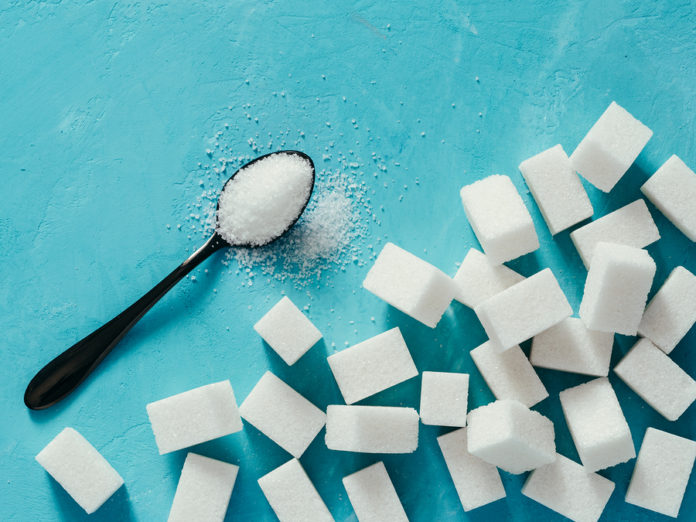
The National Salt and Sugar Reduction Initiative (NSSRI) is seeking comments from the food and beverage industry about the feasibility of reducing the amount of sugar in packaged foods by 20% by 2025. This voluntary initiative follows a similar one, launched in 2009, that resulted in a 6.8% reduction in sodium in packaged foods, thanks to the participation of companies including Campbell Soup, Kraft Foods, and Subway.
The NSSRI, a coalition of nearly 100 health organizations, led by the New York City Health Department, has set preliminary sugar reduction targets. The goal is to reduce the amount of sugar in 13 food and beverage categories:
- Sweetened milk and milk substitutes
- Breakfast pastries
- Cakes
- Cookies
- Dry mixes
- Dairy-based and frozen desserts
- Sweet candies
- Chocolate candies
- Breakfast cereals
- Condiments
- Dessert syrups and toppings
- Yogurt
- Sugary drinks
There are two targets for each category based on sugar density:
- A sales-weighted mean — to reduce the average sugar content across all products in each category, based on a 20% reduction from the category’s baseline.
- A maximum upper limit — to reduce the amount of sugar in the products with the highest sugar content in each category.
As an example, for sugary drinks (i.e., soda, sports drinks, fruit drinks, energy drinks, and tea), the current baseline is 8.9 grams of sugar per 100ml. The 2025 targets are 5.3g/100ml for the sales-weighted mean and 7.9g/100ml for the maximum. See the complete list of targets.
The NSSRI’s plan is to collect comments through December 17, 2018, and then release the updated targets next year. Participating companies will commit to achieving those targets by 2025.
Email [email protected] with questions or to submit your comments.








